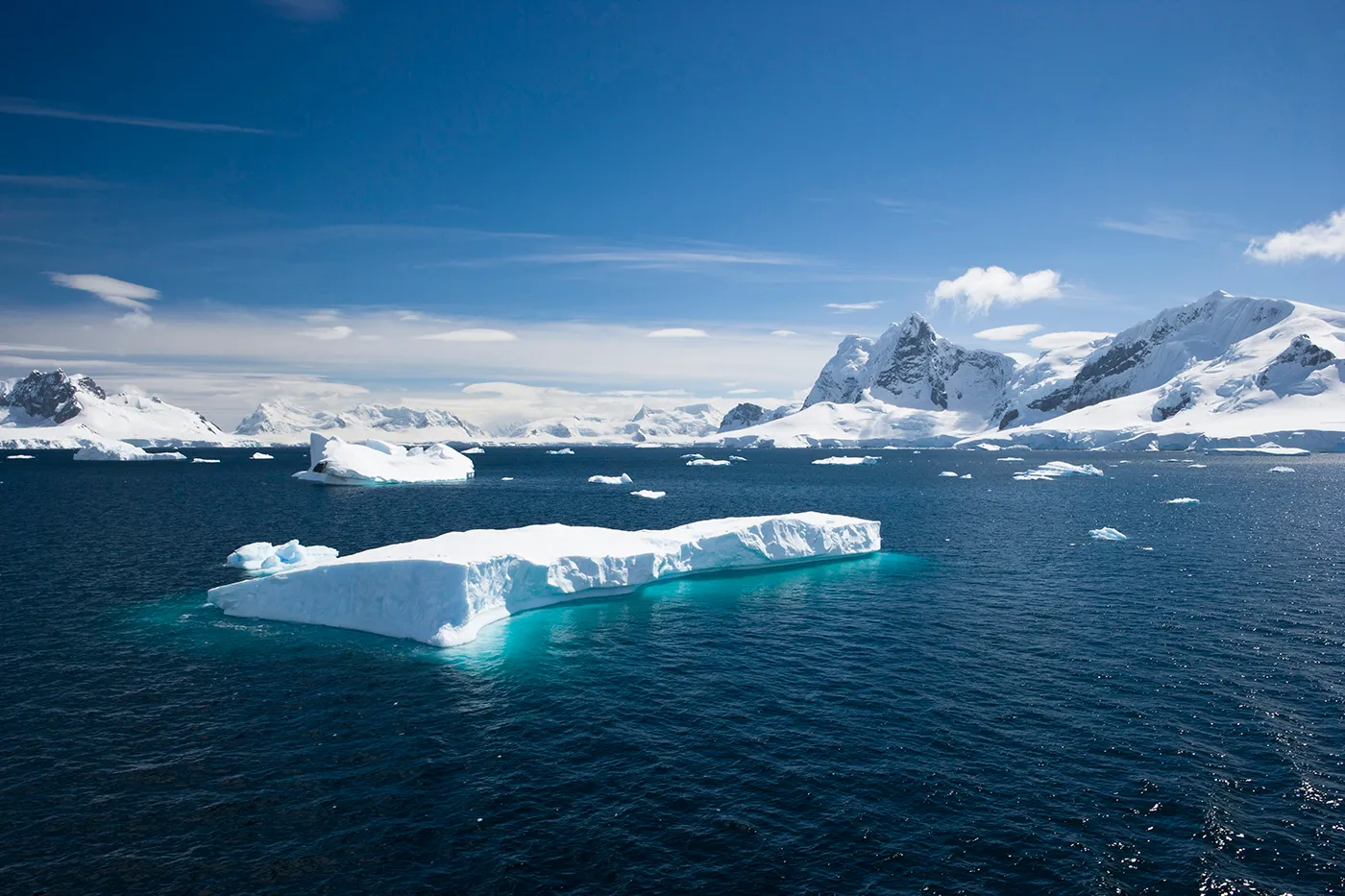The effects of climate change can be seen everywhere, in the global refugee crisis, an even worse allergy season and, now, even in the very concept of time.
Scientists have recently pinpointed how meltwater from the polar ice caps is throwing off Earth’s rotation to the point that those who really care about precision timekeeping might have to implement a “negative leap second.”
Does that mean our days will suddenly be 25 hours long? No, but even a change of one second is significant in a world that is built on digital systems, like GPS, that rely on precise timekeeping to operate correctly.
“For almost as long as there’s been organized society, we’ve been trying to keep track of time, or at least days or seasons,” says Jacqueline McCleary, assistant professor of physics at Northeastern University. “The core, the crust, oceans, climate change, glacial isostatic adjustment –– all of these factors [are] contributing to a change in the Earth’s rate of rotation at a measurable pace, something that would accumulate a second per year or something like that.”
Read more from Northeastern Global News
Photo by Alyssa Stone









